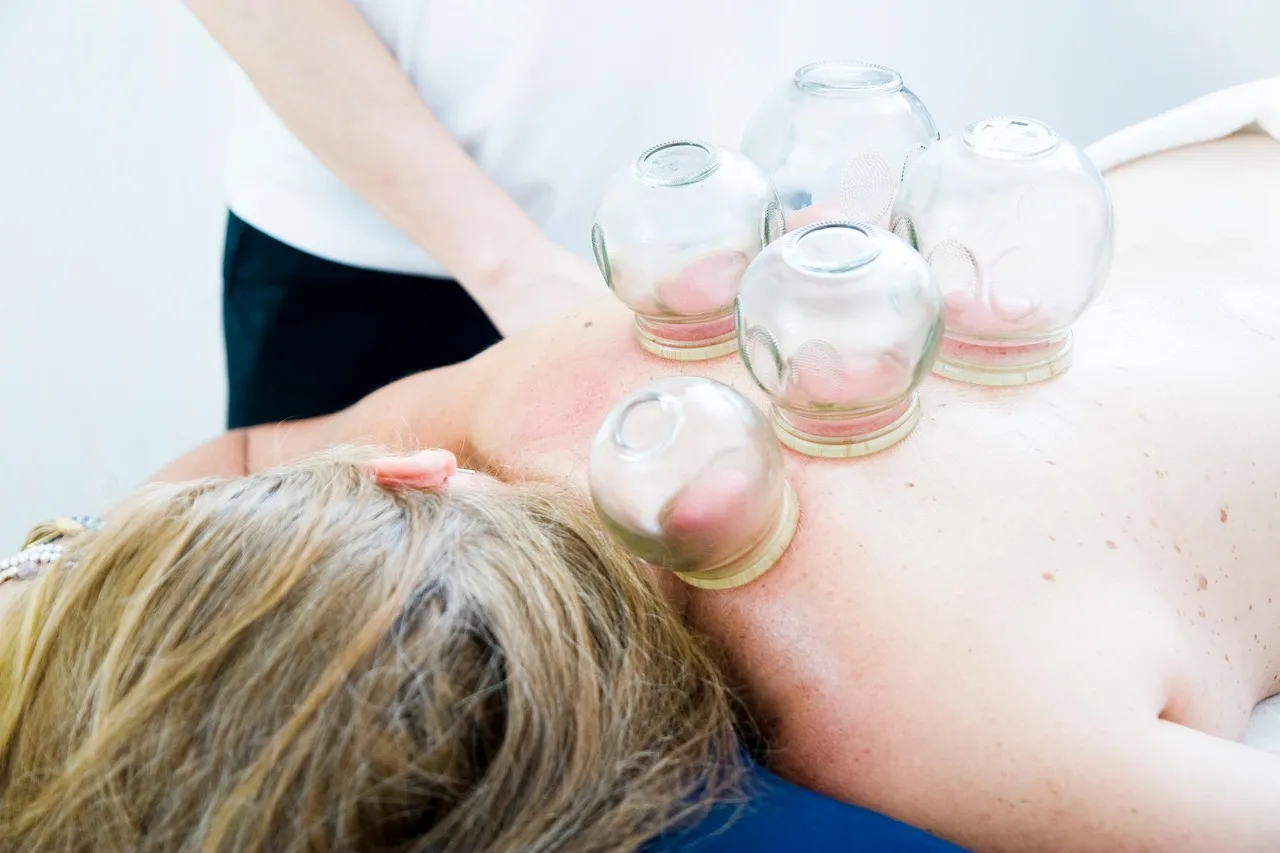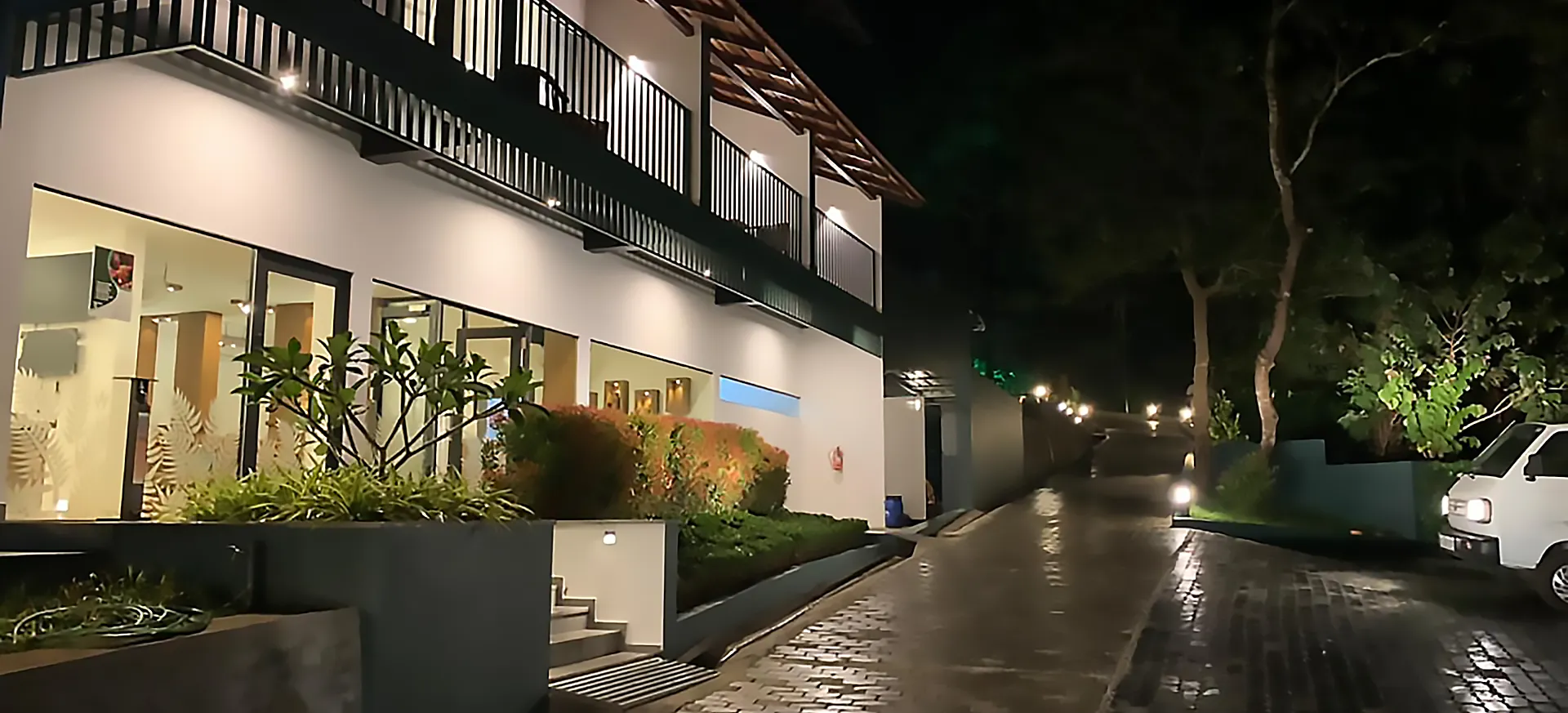
Cupping Therapy: An Ancient Healing Practice for Modern Health
April 3, 2025
Cupping therapy or Raktamokshana in Ayurveda is an ancient healing method that has been used for hundreds of years to advance detoxification, increase blood flow, and treat pain. In traditional Indian medicine, cupping is a practice where one uses suction cups on the body to create negative pressure, which enhances energy circulation and evacuates toxins. Although contemporary science has begun to acknowledge its advantages, Ayurveda has been using this method as an effective means of sustaining health and wellness for centuries.
What is Cupping Therapy?
Ayurveda, the Indian traditional system of medicine, practices the belief in a balance of the body's energies—Vata, Pitta, and Kapha. When there is an imbalance of these energies, diseases and illnesses arise. Cupping therapy is regarded as a natural practice to achieve balance by increasing blood circulation, purifying the body, and relaxing tension.
Cupping therapy is mentioned in Ayurvedic texts in relation to two ancient practices:
- Shringa Therapy - Application of an animal horn to remove impurities.
- Alabu Therapy - Utilizing the hollowed-out bottle gourd to create suction.
Over time, these methods evolved into modern cupping therapy, which uses glass, bamboo, or silicone cups to create suction on the skin. Ayurveda classifies cupping under Raktamokshana, or bloodletting therapy, which is a purification technique used to eliminate toxins from the body..
How Does Cupping Therapy Work?
Cupping therapy works by establishing a vacuum seal on certain areas of the body. The suction pulls blood to the skin surface, enhancing circulation and aiding in healing. The mechanism operates through:
- Increased Blood Flow – Suction pulls in fresh, oxygenated blood to the affected area, speeding up healing.
- Detoxification – The treatment helps eliminate impurities and excess toxins, decreasing inflammation.
- Muscle Relaxation – It relaxes tense muscles and tissues, thus constituting a natural painkiller for chronic pain.
- Stimulation of Energy Flow – Ayurvedic thought holds cupping therapy as a means of balancing Prana (vital energy force) in the body.
Benefits of Cupping Therapy
1. Pain Management
One of the best-documented advantages of cupping therapy is its potential to ease chronic pain. Research has indicated that it significantly decreases musculoskeletal pain, such as back pain, arthritis, and stiffness in the joints. The increased blood flow relaxes muscles, increases flexibility, and speeds up recovery from injuries.
2. Hair Loss and Scalp Health
Alopecia areata, an autoimmune disorder leading to hair loss, has been successfully treated with wet cupping therapy in Ayurveda. Studies have shown that cupping is capable of stimulating hair follicles, enhancing scalp blood circulation, and encouraging hair growth.
3. Relief from Migraines
Recurring headaches and migraines are commonly associated with impaired circulation and toxin accumulation. Wet cupping therapy has been proven to alleviate the severity and frequency of migraines by improving circulation and alleviating stress.
4. Skin Problems and Detoxification
Shwitra (Vitiligo) is defined by Ayurveda as a state in which skin loses pigmentation due to dosha imbalance. Cupping therapy has been studied as a treatment to induce melanin production and enhance skin tone. It also clears acne, eczema, and psoriasis by cleansing the blood and lowering inflammation.
Types of Cupping Therapy in Ayurveda
There are various types of cupping therapy, each of which is best suited for particular ailme
1. Dry Cupping
- Utilizes suction alone without bloodletting.
- Best used for muscle relaxation, pain management, and enhanced circulation.
- Often used with Ayurvedic massage oils for improved outcomes.
2. Wet Cupping (Raktamokshana)
- An incision is created before suction to remove toxins and blood congestion.
- Good for skin conditions, migraines, and detoxification.
- Often used with herbal remedies to increase healing.
3. Fire Cupping
- Hot cups produce suction when applied to the skin.
- Induces healing of deeper tissue and stress relief.
Is Cupping Therapy Safe?
Cupping therapy is safe when used by trained personnel. There are mild side effects like redness, bruising, and mild soreness, which normally resolve within a few days. However, it is not advisable for:
- Pregnant women
- Those with bleeding disorders (e.g., hemophilia)
- Those with severe skin problems or open sores
- Those with heart problems or on blood-thinning drugs
What Happens in a Cupping Therapy Session?
- Consultation –The therapist examines your health status and dosha imbalance.
- Preparation – The skin is cleansed, and oils or herbs are used.
- Application of Cups – The therapist applies the cups on areas to be treated using the chosen method.
- Duration – The cups are left on the skin for 5-15 minutes depending on the condition.
- Post-Treatment Care – Hydration, rest, and herbal medications may be advised for recuperation.
Conclusion
Cupping therapy is a safe, effective, and time-tested healing technique that provides pain relief, treatment for skin ailments, migraines, and numerous chronic diseases. Supported by contemporary science and ancient wisdom, it remains an enduring detoxification and wellness mechanism.
If you're looking for a comprehensive, drug-free solution to health, this could be the ideal option for you.
Experience cupping therapy at Shatavari Ayurveda in Wayanad for pain relief, detox, and holistic healing. Safe, natural, and effective wellness care.



